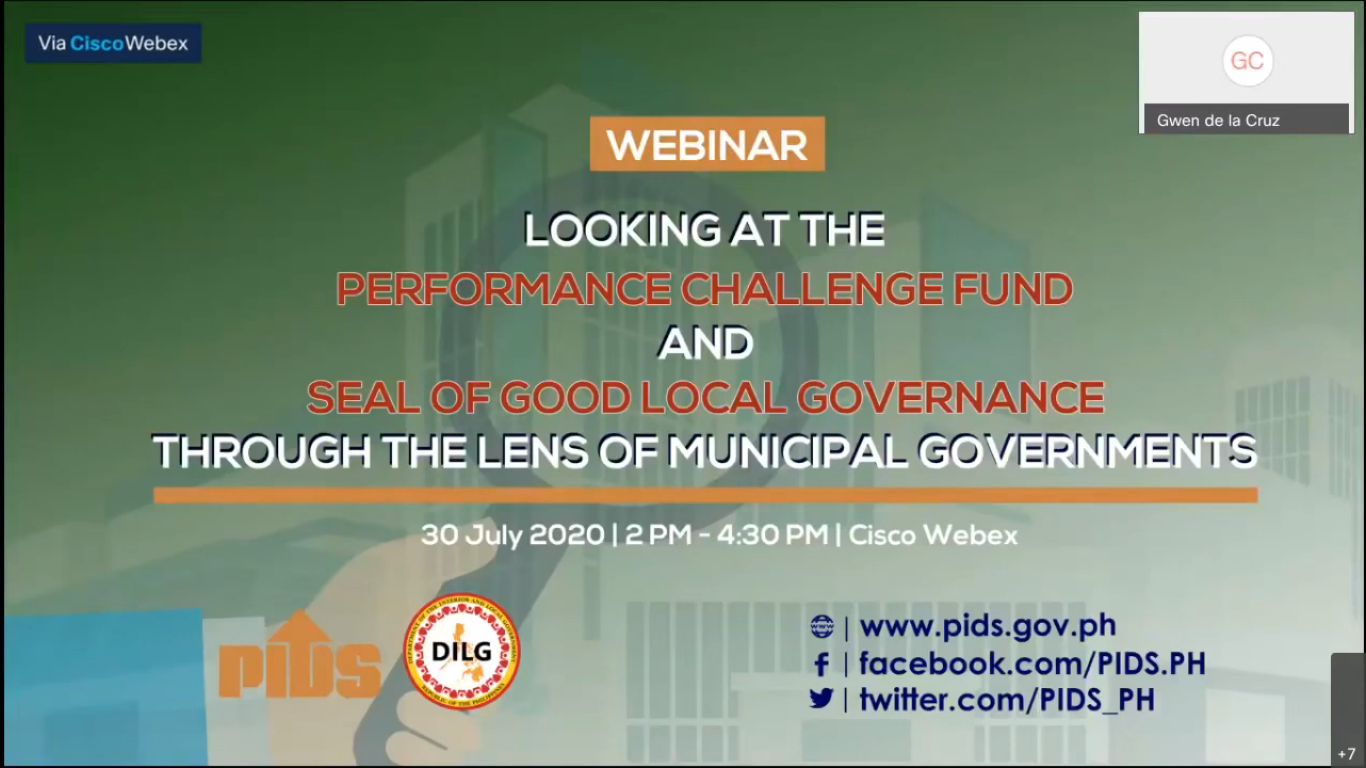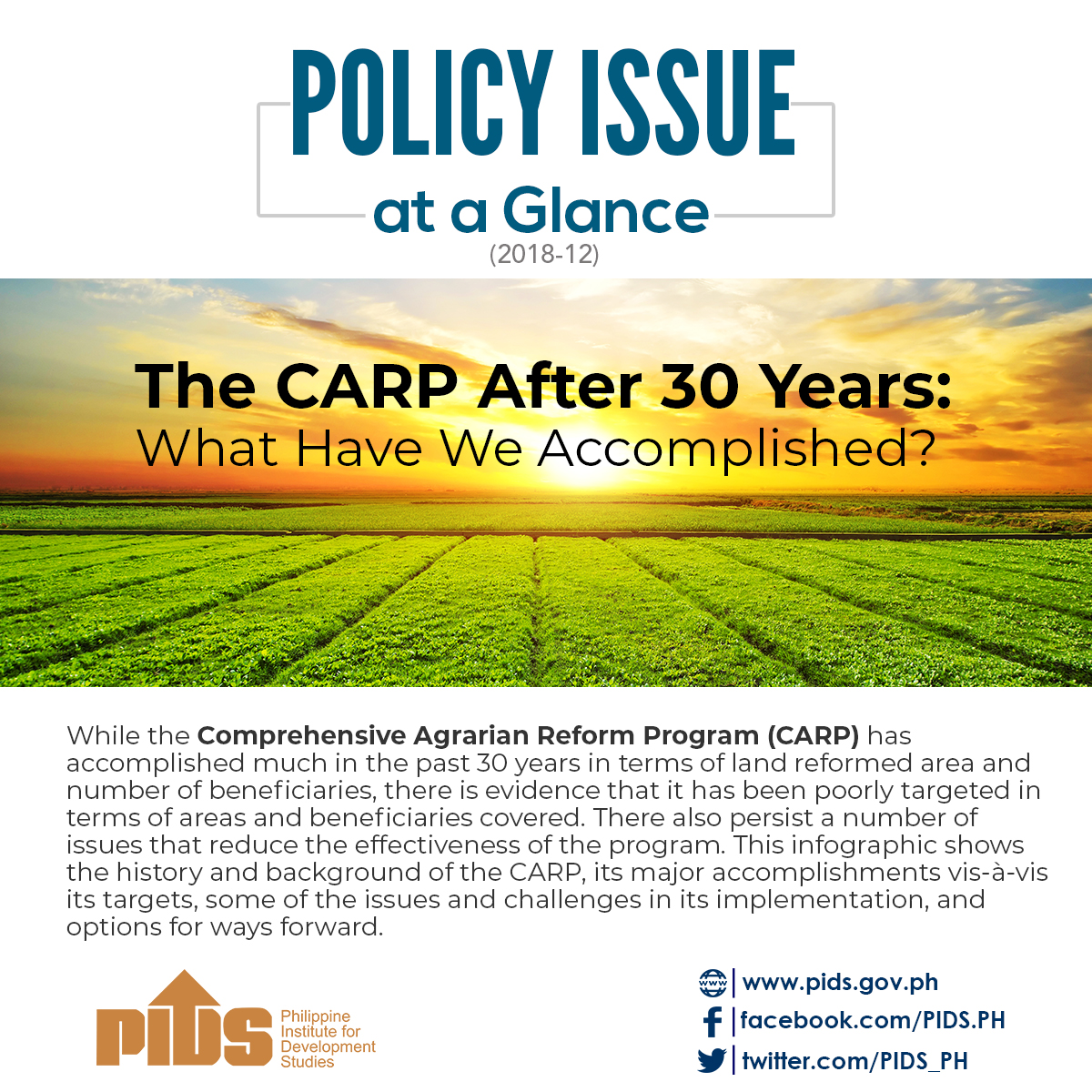When barriers to trade are lifted, there will be more commerce among nations. There will be more economic activity, creating value, generating livelihoods and improving welfare of the peoples of the trading nations.
The entry of foreign goods and services create more competition. As a consequence the domestic price of goods and services drop to the benefit of consumers.
On the other hand, competition will force domestic firms to modernize to attain higher productivity and efficiency to stay in business. And very importantly, the countries will be spurred to intelligently shift resources to the industries in which they enjoy (or can enjoy) a comparative advantage.
That’s the theory and rationale for the World Trade Organization (WTO) which we voluntarily joined in 1995.
But there will be winners and losers.
The drop of domestic prices of goods and services will benefit the vast majority who are consumers. But the minority local producers will suffer loss of income.
The job of government is to look after the losers, particularly in the immediate term. Government should provide the local producers the environment and the means to adjust to the new market environment, to raise productivity and meet foreign competition. But for the producers who are unable to compete, government needs to give them the time and means to shift to other means of livelihood.
This is where we are as far as the Rice Tariffication Act (RTA) is concerned. It should really be titled as the Rice Trade Liberalization Act because this was really all it was about — lifting the quantitative restrictions (QRs) to rice imports (barriers to trade) and replacing them with tariffs which are allowed under the rules of WTO.
The RTA is a good law and was long overdue. It will be a mistake to repeal it. Nor is it wise to raise tariffs higher to prevent entry of rice imports and thereby negate the very purposes of market liberalization which are:
1)to reduce the price of rice to make it more affordable and thereby make more Filipinos food secure, and to moderate inflation which hurts everybody,
2) to force our rice industry to modernize to cope with the competition, and
3) to diversify our agriculture into commodities other than rice and other means of livelihoods in the countryside which can create greater value and generate higher incomes for our rural poor.
By now, we are almost in full compliance with the Agreement on Agriculture (AoA) under the WTO. Regulatory barriers to trade had been lifted in all commodities except rice and sugar.
Thus, rice (and sugar) will be the last to compete, adjust and suffer from imports.
For rice, we invoked the Special Treatment clause in the WTO rules which allowed member countries to delay the lifting of the trade barriers (import restrictions). We were initially given ten years to comply (1995–2005). We asked for reprieve twice; first, from 2005–2012, and again from 2012–2017.
However, since QRs in rice imports were enshrined in Republic Act (RA) 8178, Congress had to pass a new law repealing this provision. Hence, the need for the RTA of 2018 (RA 11203).
Unfortunately, after being given a grace period of 22 years to prepare against cheap rice imports, we failed our farmers. Congress legislated the Agriculture Competitive Enhancement Fund (ACEF) no less under direct supervision of the Joint Congressional Committee on Agriculture and Fisheries Modernization (COCAFM) precisely to ensure implementation. But Congress botched it!
Nevertheless, in spite of being a good law, the RTA had two serious flaws.
First, while it provided the means for helping our rice farmers in the medium to the long term, it glossed over the need to help the poor rice farmers to cope in the immediate aftermath of market liberalization. Our rice farmers need to be compensated with immediate cash payments to help them tide over while waiting for the other government interventions to take effect. We pointed out this need in two previous columns.
There is so much blame to spread around but this is not the time.
Suggested courses of action
We should heed the complaints of our rice farmers. The RTA further beggared them. Market liberalization has brought down rice prices to the great benefit of the entire population who are rice consumers. But this gain was at the expense of the rice producers. It is only fit and proper that government also look after the “losers.”
The appropriate government response ought to provide both for the immediate and long-term. Section 18 of the RTA provided ₱10 billion a year for the Rice Competitiveness Enhancement Fund (RCEF) which is for the medium and long term. It should be amended to incorporate provisions for immediate assistance to farmers.
In the first place, it is only fair and meaningful, ALL the tariffs collected under the RTA (not just the excess from ₱10 billion) should be returned to the affected rice farmers in the form of decoupled payments.
Roehlano Briones and Lovely Ann Tidon, researchers of the Philippine Institute of Development Studies (PIDS) in their simulation studies of post-tariffication interventions to attain the objectives of market liberalization and at the same time protect the rice farmers, concluded that decoupled payments under 35% tariff as the most viable option for the Philippines.
Decoupled payments are farmer compensation schemes based on area cultivated, and not on volume of production and market price. They are easier to administer and less prone to leakage.
Briones and Tidon estimated the revenues from rice tariffs to reach as much as ₱28 billion by 2022. The big rice landowners can help themselves. Payments can be capped at two hectares. Assuming that only 2.5 million hectares out of the 3.0 million hectares physically planted to rice are eligible for compensation, government can afford to pay the poor rice farmers ₱11,200 per hectare per year.
The scheme should last for a maximum of 10 years, more than enough time for the rice farmers to adjust. The cash payouts may be variable depending upon the actual tariffs collected.
The second flaw of the RTA was the provision for free farm machines and inbred seeds also in Section 18. We have been giving away farm equipment, seeds, fertilizers and other inputs all these years and often with disastrous results.
The exposé of the TV host Ted Faylon on the government waste in the distribution of farm equipment is the latest grim reminder of misplaced government solicitude which we seem never to learn.
With ALL the rice tariffs redirected to cash payments to farmers, there will be no budget left for free input distribution.
We propose instead that the input requirements of farmers to raise productivity and improve competitiveness be sourced from concessional loans from Land Bank of the Philippines, Development Bank of the Philippines and the commercial banking system.
Credit subsidy, insurance support and bank loan guarantees are cheaper in the long run and less prone to graft. Since the farmers will incur loans to acquire these inputs, they will not tolerate overpriced, inferior goods with no guarantees and after-sales service.
Medium to long-term productivity-Enhancing interventions
Space will not allow a longer treatment on how the productivity-enhancing interventions should look like.
Suffice to say that in the medium to long term, there ought to be dedicated programs for rice farms with irrigation versus those which are rain-fed. They are different.
Irrigated rice farms especially with hybrids, adequate fertilizers and integrated pest management are competitive with imports. It is a matter of helping them to further intensify and modernize their operations with better management of irrigation systems, more farm tillage and combine equipment and postharvest facilities.
On the other hand, the rainfed lowland and upland farms ought to be provided incentives and support to diversify into other crops, also poultry, livestock and aquaculture, as appropriate, and linked to the markets.
In fact, these diversified farms may prove to be more profitable than the monocropped rice farms, provided markets can be properly organized for their produce.
Conclusion
The RTA is a good law and was long overdue. It will be a mistake to repeal it. Nor will it be wise to further raise the rice tariff from 35%.
Rice prices have moderated to the benefit of rice consumers. However, given more time rice prices should go down further. If not, the Department of Trade and Industry and the Competitiveness Commission should run after the rice traders.
For the medium and long term, let us proceed with productivity enhancing interventions to make our rice farmers competitive and earn more. However, there ought to be dedicated programs for irrigated rice farms versus rainfed rice farms. Their requirements are different.
But government should respond immediately to the plight of rice farmers. Congress should amend two flaws in the RTA:
Re-direct ALL rice tariff collections as decoupled payments to the affected rice farmers based on land cultivated but capped at two hectares; payments to last for a maximum of 10 years giving enough time for the farmers to adjust to market liberalization, and
Provide concessional loans to the rice farmers with which to acquire good seeds, fertilizers, inputs and farm equipment to raise their productivity. Conversely, desist from the wasteful distribution of free farm inputs. Subsidy for credit, insurance and bank loan guarantees will in the long run be cheaper and more effective.











